Digital Classroom
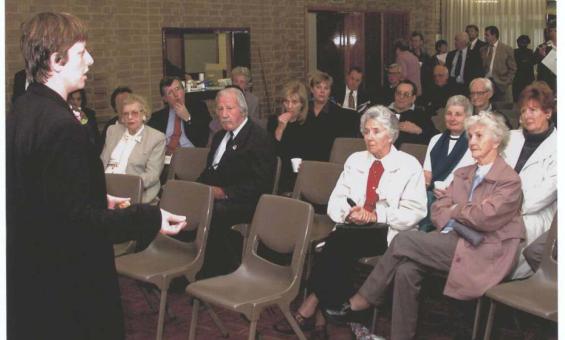
Francis Reiss, [Anna Burke, Federal member for Chisholm, at the Chisholm Aged Care Forum, Mt. Waverly Community Centre, Melbourne, October or November, 2001], nla.gov.au/nla.obj-146654777

J. Chapman sculpsit, Captain Cook [picture], nla.gov.au/nla.obj-240952710
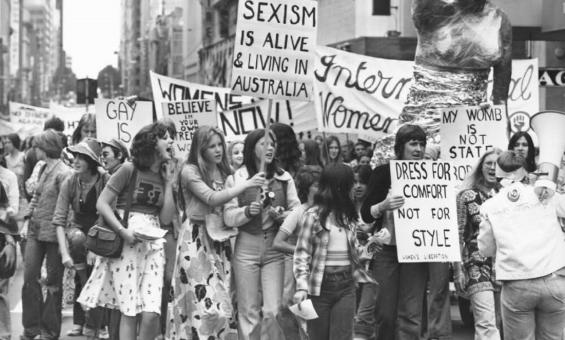
John McKinnon, Women on the march wave their placards at the International Women's Day march, Melbourne, March 8, 1975, nla.gov.au/nla.obj-137045864
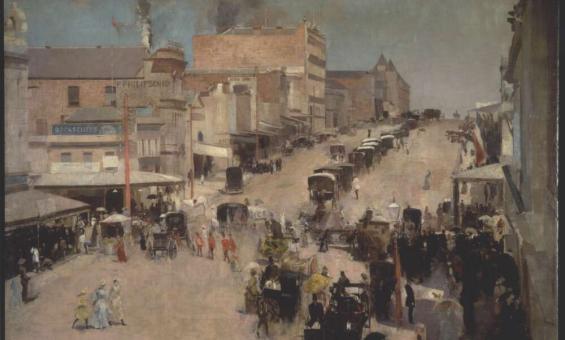
Tom Roberts, Bourke Street, Melbourne, 1885, nla.gov.au/nla.obj-134285521

[Food industry - biscuits and cakes : trade catalogues ephemera collected by the National Library of Australia], nla.gov.au/nla.obj-84640628
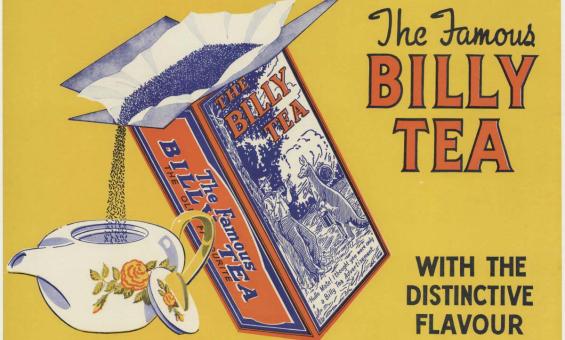
(1930). The famous Billy Tea : with the distinctive flavour, nla.gov.au/nla.obj-138235161

Simpson (Firm) (issuing body.) (1950). Hooray! It's washday! - my day off!. [Australia] Simpson
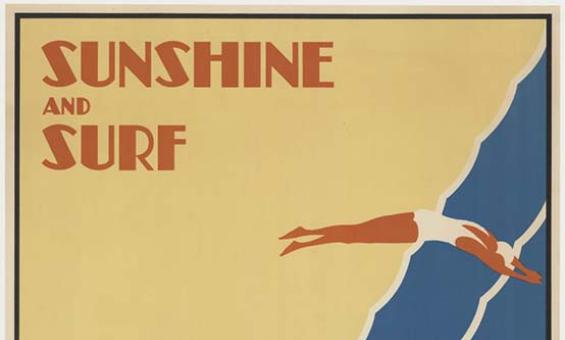
Gert Sellheim & Australian National Travel Association. (1936). Sunshine and surf : Australia, nla.gov.au/nla.cat-vn6385925
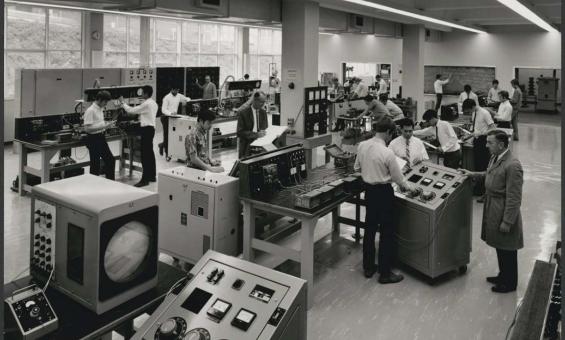
Wolfgang Sievers, Engineering faculty, interior with students, Royal Melbourne Institute of Technology 1969, nla.gov.au/nla.obj-161377160

Jacob Gerritsz Cuyp, Portrait of Abel Tasman, his wife and daughter, 1637, nla.gov.au/nla.obj-138417248
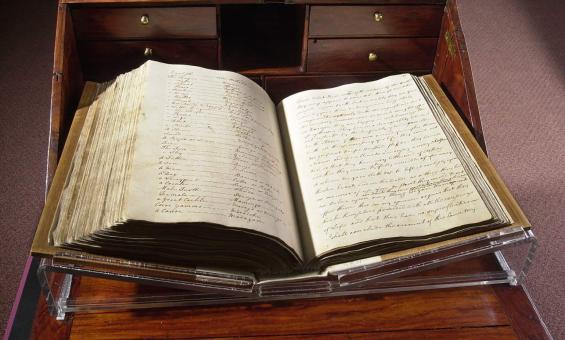
James Cook, John Hutchinson, Samuel Wallis and Henry William Ferdinand Bolckow, Journal of H.M.S. Endeavour, 1768-1771 [manuscript], 1768, nla.gov.au/nla.obj-228958440
